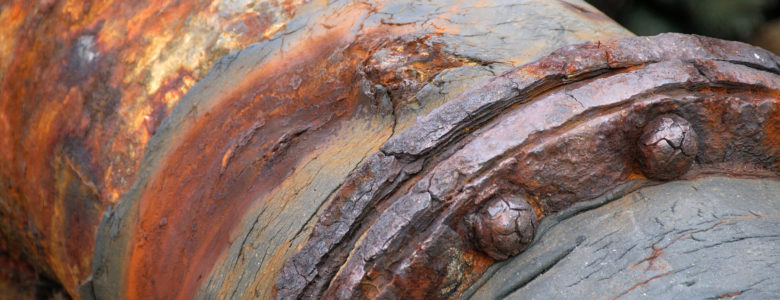Pipe corrosion is a common problem for oil, gas, and petrochemical industries. If companies ignore the risk of internal pipe corrosion, it may become a serious problem. Corroded pipelines lead to oil spills, shutdowns, and environmental concerns.
Inspection of pipe exteriors is easier. A visual inspection reveals potential problems. New pipeline corrosion protection systems cut exterior corrosion risks.
How can companies reduce leaks caused by internal corrosion? Keep reading. This guide explains how to prevent pipe corrosion.
What Causes Internal Pipe Corrosion?
Internal corrosion happens when metal deteriorates. An electrochemical reaction makes the steel rust.
Left unresolved, the corroded areas lose strength. The pipe can’t continue to hold the fluid at operating pressure.
Most corrosion results from contaminants in the product flowing through the pipeline. It may be a chemical like hydrogen sulfide or carbon dioxide. Even water causes corrosion.
Cost of Pipeline Corrosion
The estimated cost of pipe corrosion in oil and gas production industries is $1.372 billion a year. Industry officials understand preventing corrosion is the best solution.
Proactive measures reduce leaks and maintenance costs. This keeps the supply flowing while meeting safety, health and environmental policies.
Internal corrosion caused 12% of incidents on hazardous liquids and gas pipelines from 2013 to 2017. That’s about 60% of all pipeline incidents due to corrosion.
Types of Internal Corrosion
Internal corrosion causes a metal loss in two common ways. General corrosion refers to an even level of corrosion over a large area of the interior surface. Localized corrosion, also known as pitting, describes isolated spots.
If not repaired, corrosion leads to pinhole leaks, a crack in the pipe, or a rupture. If the section of pipe isn’t fixed or replaced, it reduces the flow pressure in the pipeline.
Corrosion weakens the pipe. It puts the pipeline at risk for failure. A weak pipeline is susceptible to external stresses. It could break. The result is an environmental hazard and an expensive product spill.
How To Prevent Pipe Corrosion
Pipelines operate for long periods of time for critical operations. That makes corrosion prevention a priority. Here are some methods that prevent corrosion:
- Regular Maintenance
- Cut Contaminants
- Internal Pipeline Coatings
- Corrosion Inhibitors
- Mechanical and Chemical Cleaning
These methods extend the life and safety of a pipeline. Let’s take a closer look at regular maintenance done inside the pipe.
Pipeline Cleaning Pigs
Pipeline pigging is a mechanical device. It’s used to clean the pipe without stopping the flow of product. The pigs clean the pipe while it’s active. They’re also used to inspect pipelines.
The pig tool moves through the pipeline with the flow of the product. A foam pig uses low-density foam shaped like a bullet. It moves through the pipeline to remove small debris and impurities.
Cleaning pigs come in various sizes and densities. Some have abrasive wire mesh to remove rust and scale deposits from inside the pipe. Some cleaning methods involve pigging plus chemicals.
A regular cleaning schedule prevents corrosion and buildup from reoccurring.
Follow Government Safety Regulations
Industry pipeline operators should follow state and federal regulations. Adhere to guidelines and standards so pipes remain strong and secure. Check all potential threats to the pipeline’s integrity.
Federal and state safety regulators inspect management programs. They identify any threats, including internal corrosion. Use all the tools and follow the rules to prevent pipe corrosion.
Don’t hesitate to contact the pros at DynaGard. We can answer questions. We’re happy to provide samples of DynaGard Pipe Protection products.



Leave a Reply